
- Sadhguru
- Wisdom
- Yoga & Meditation
- Events
- Centers
- Health
- Conscious Planet
Save The Weave
When human hands and heart work in tandem, that is grace in the making. Handwoven cloth has beauty and grace that is significant. - Sadhguru
Save The Weave
When human hands and heart work in tandem, that is grace in the making. Handwoven cloth has beauty and grace that is significant. - Sadhguru
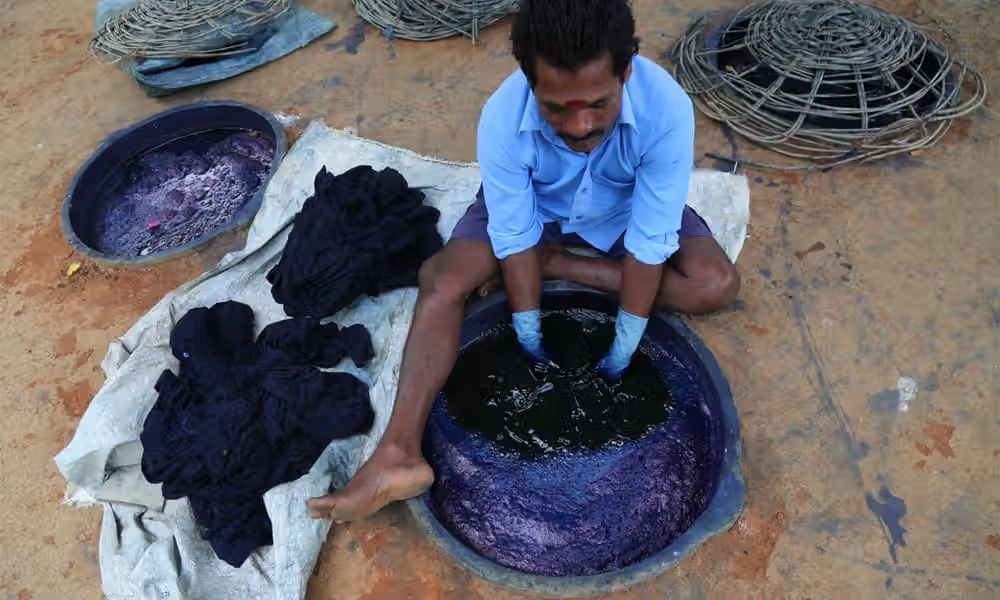
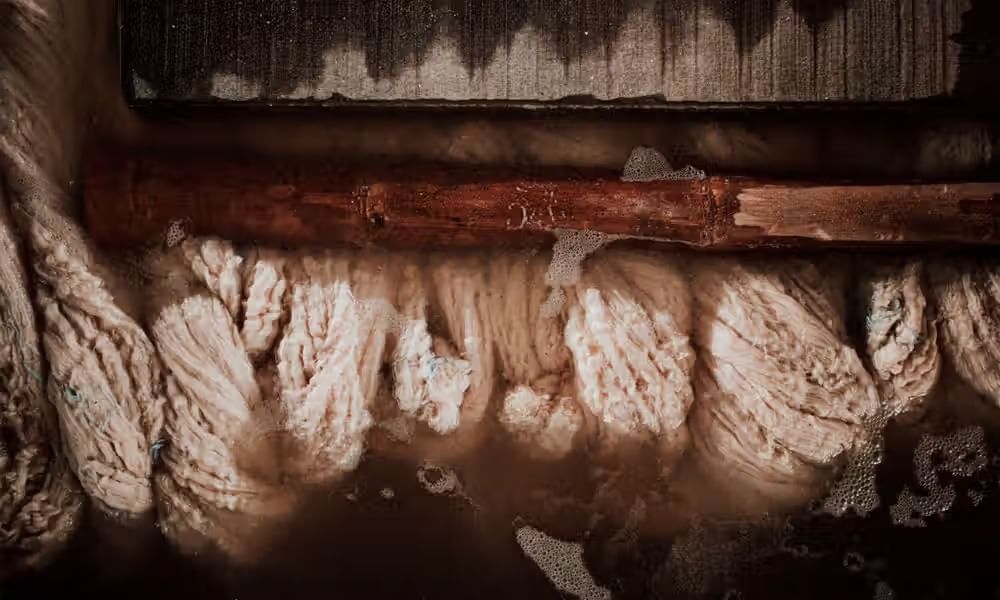
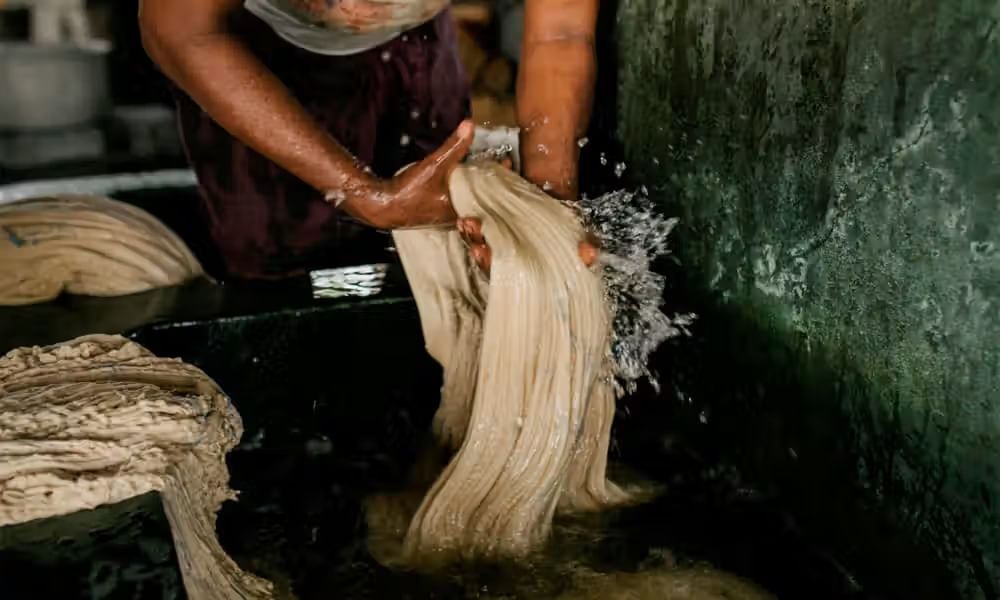
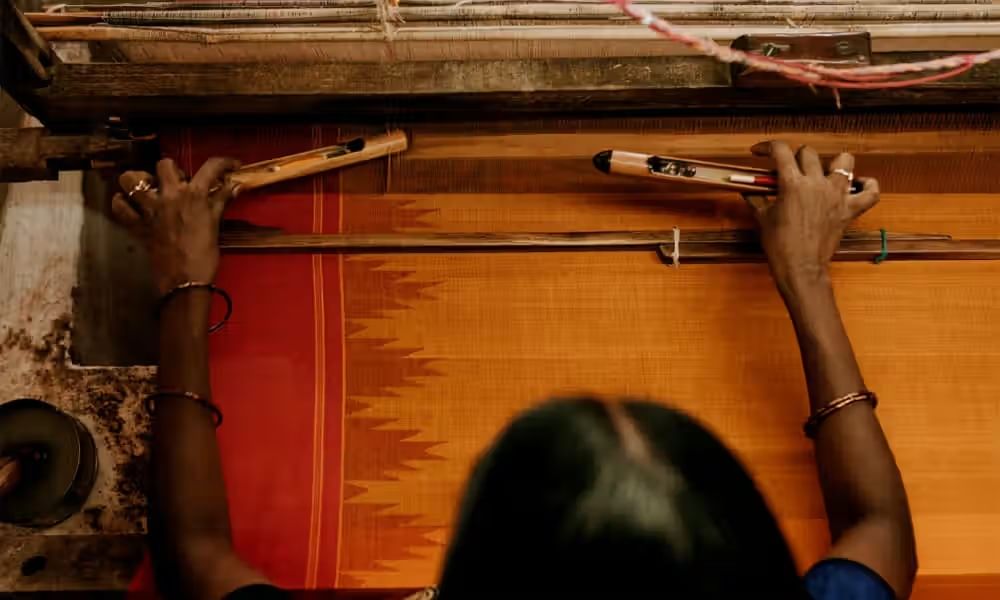
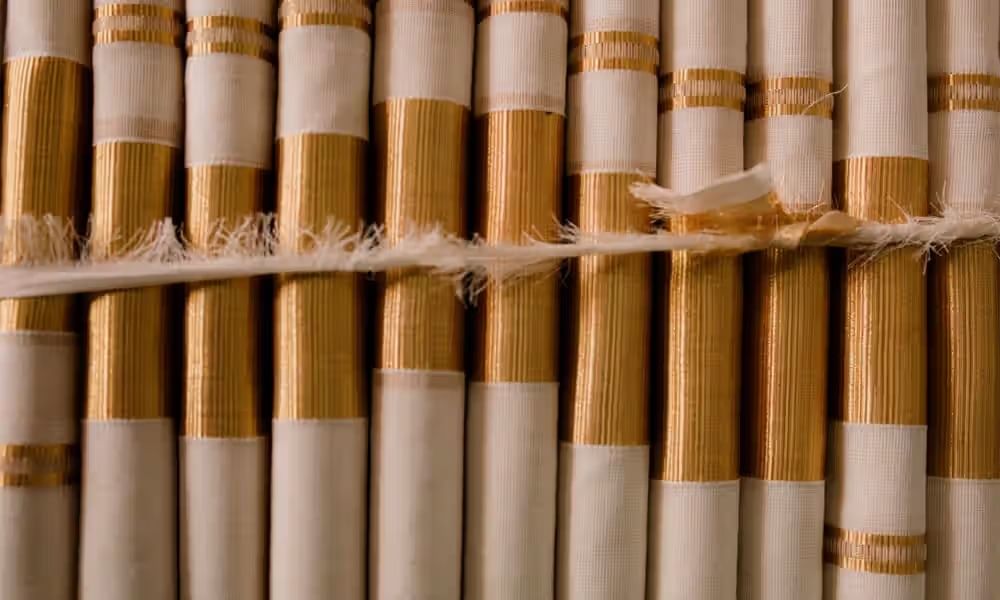
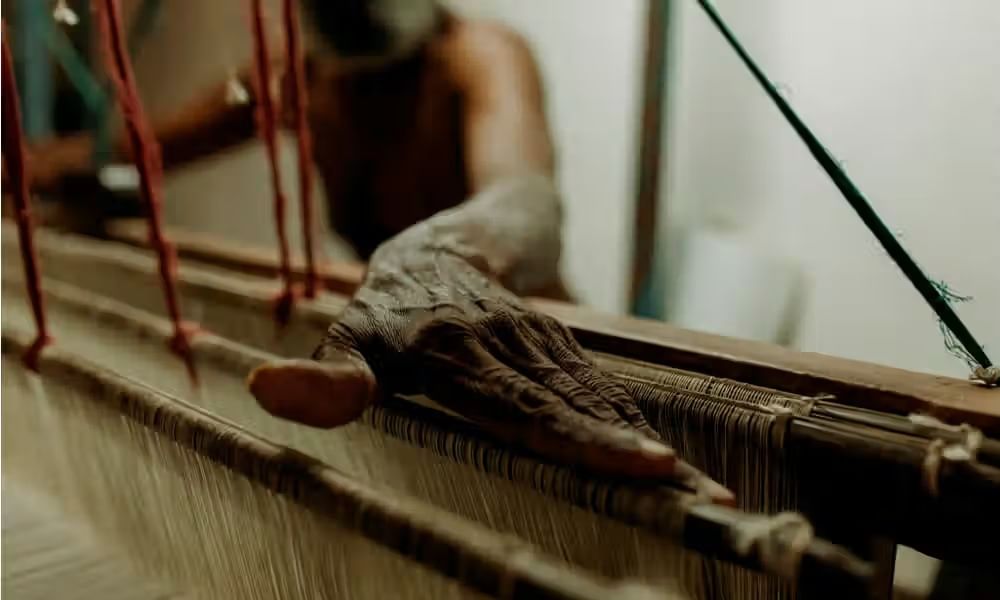
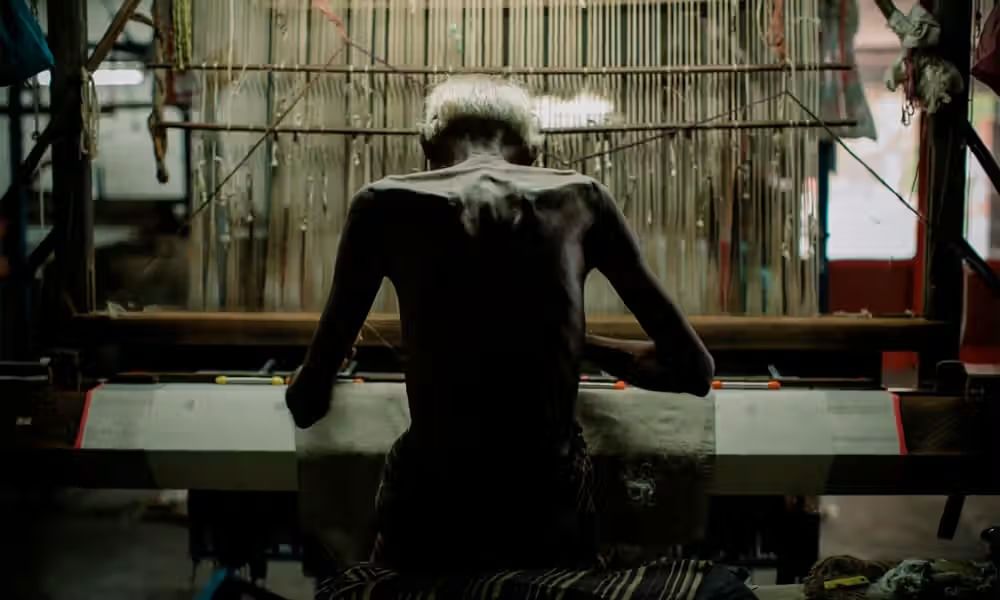
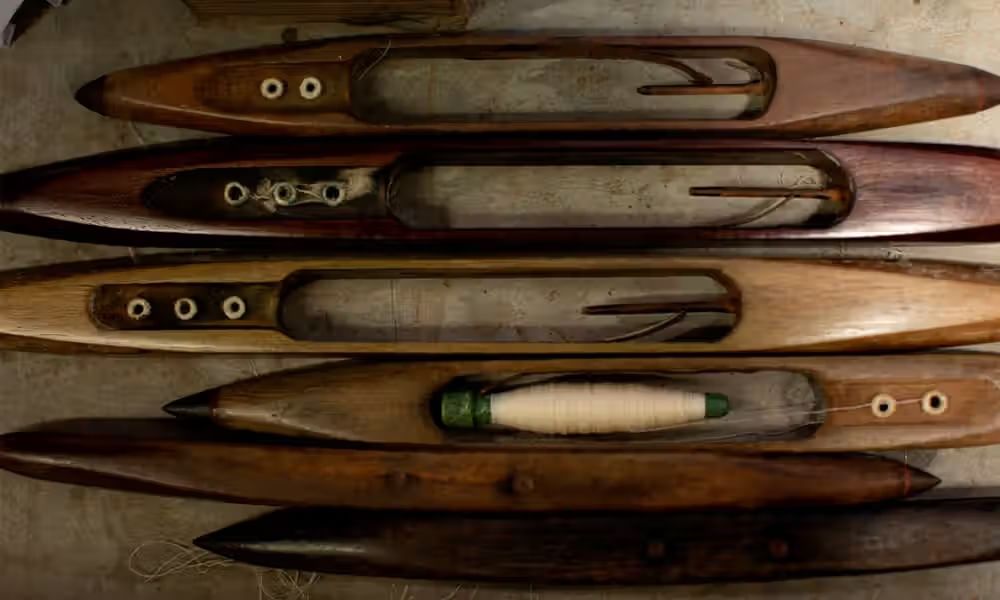
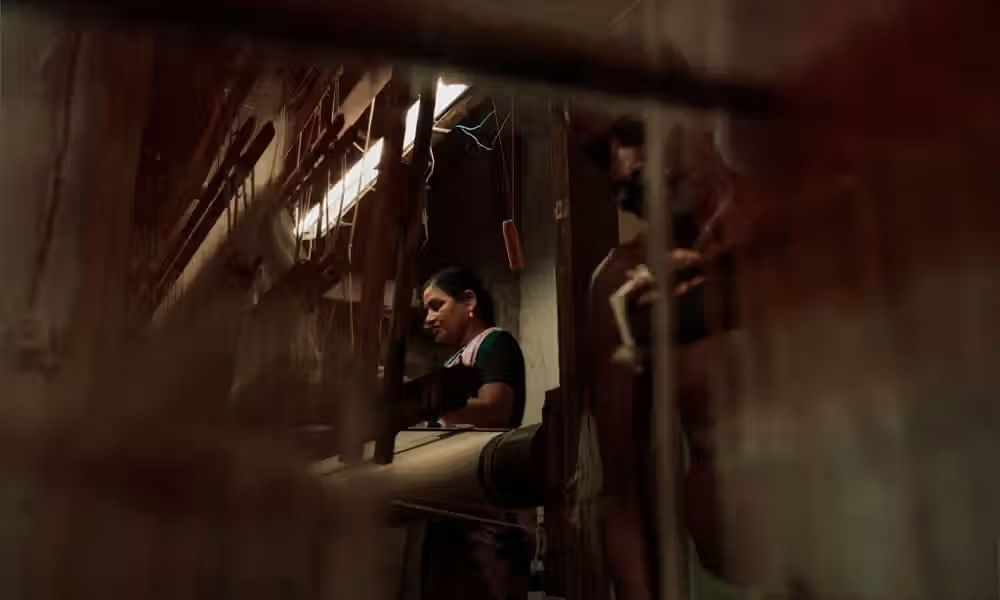
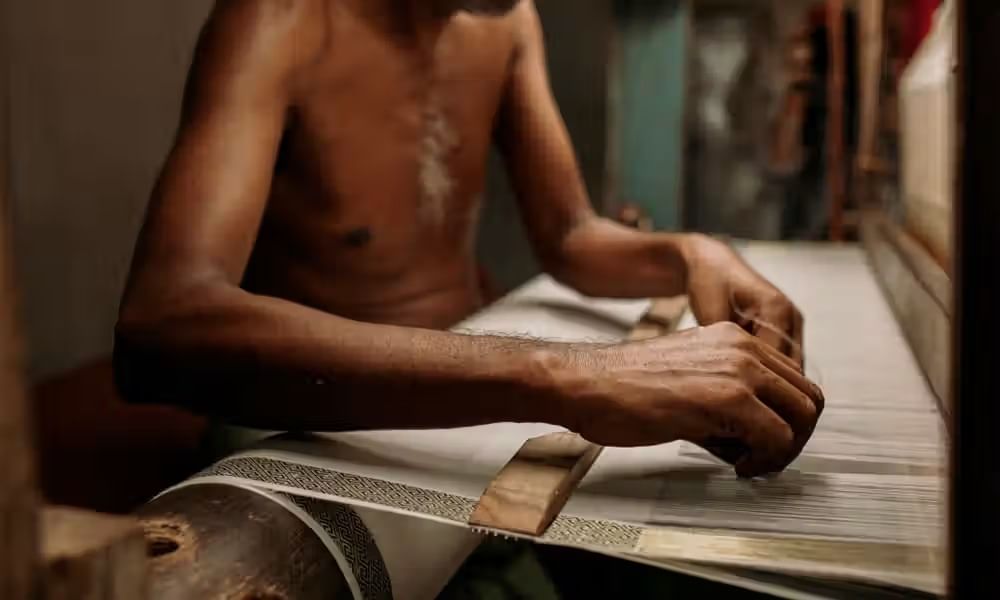
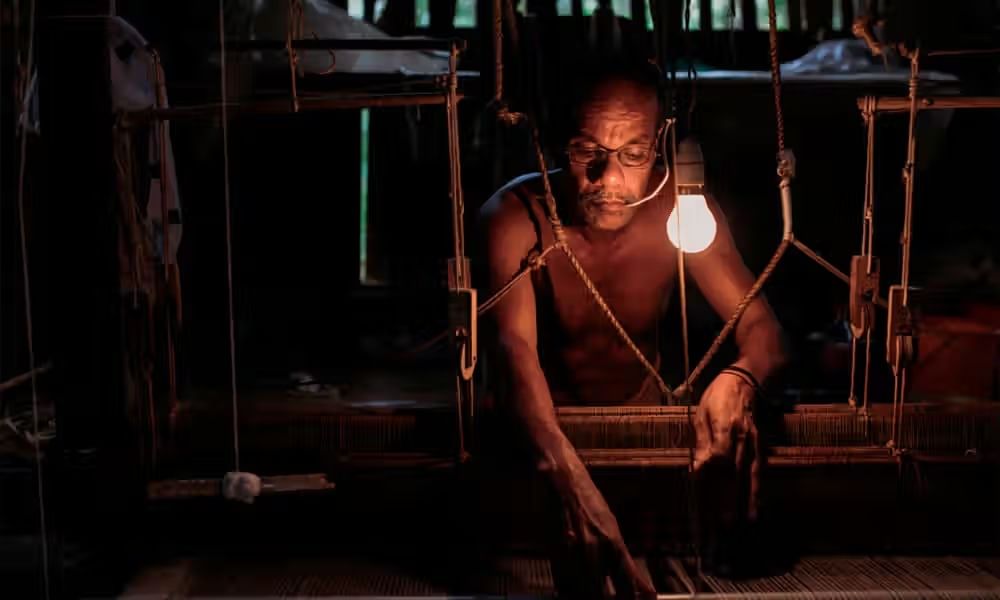
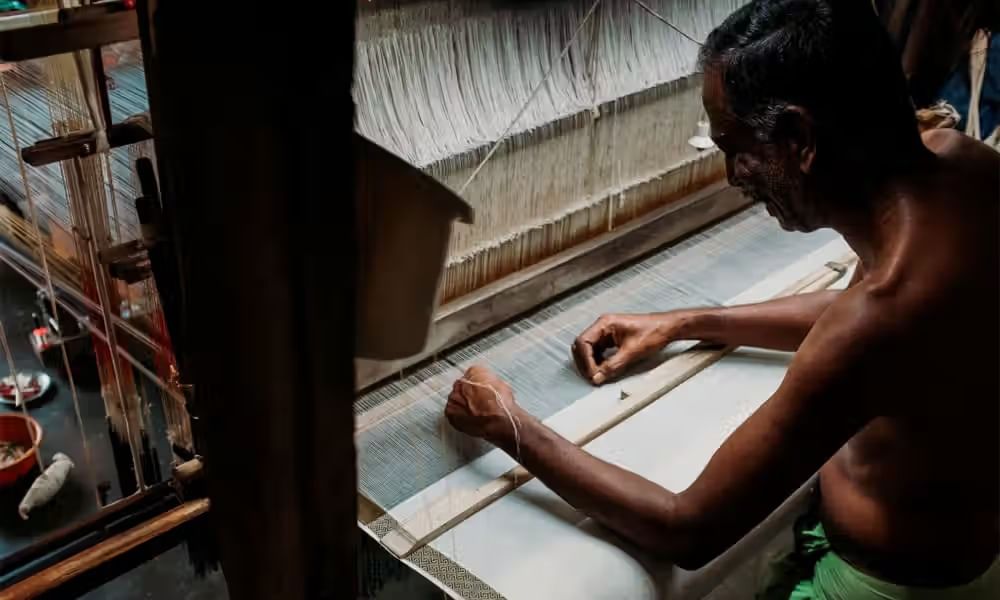
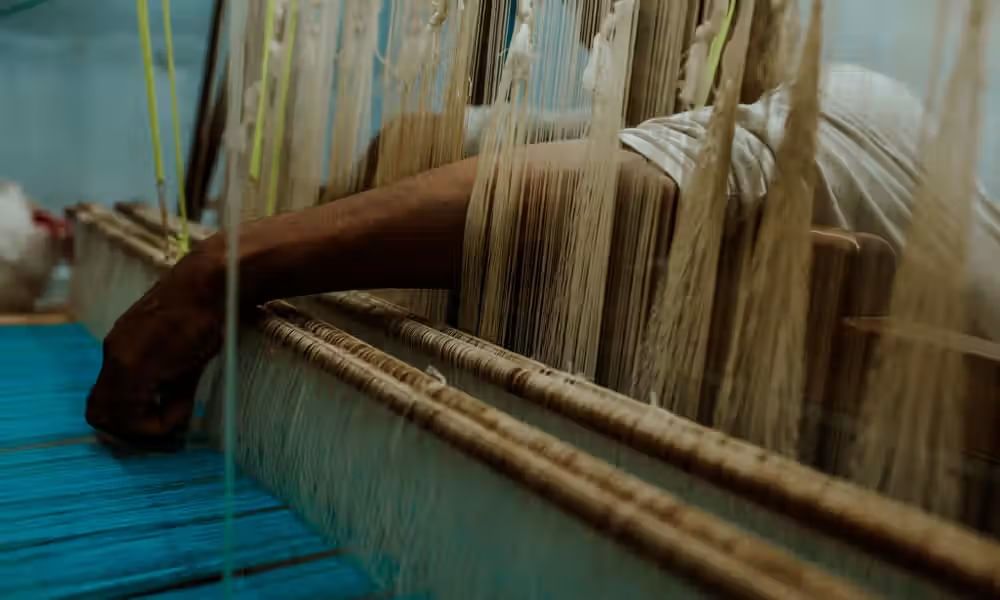
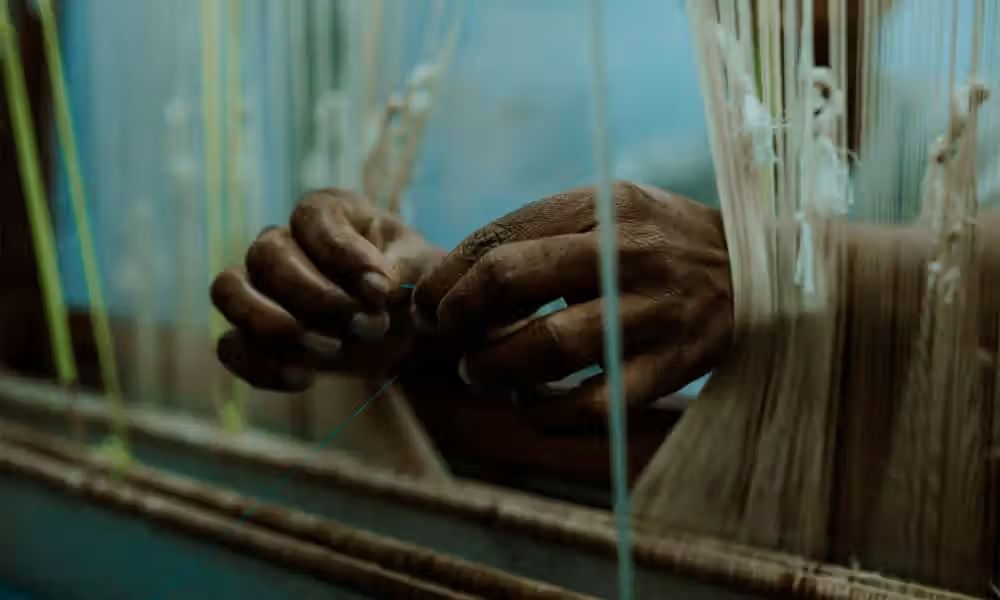
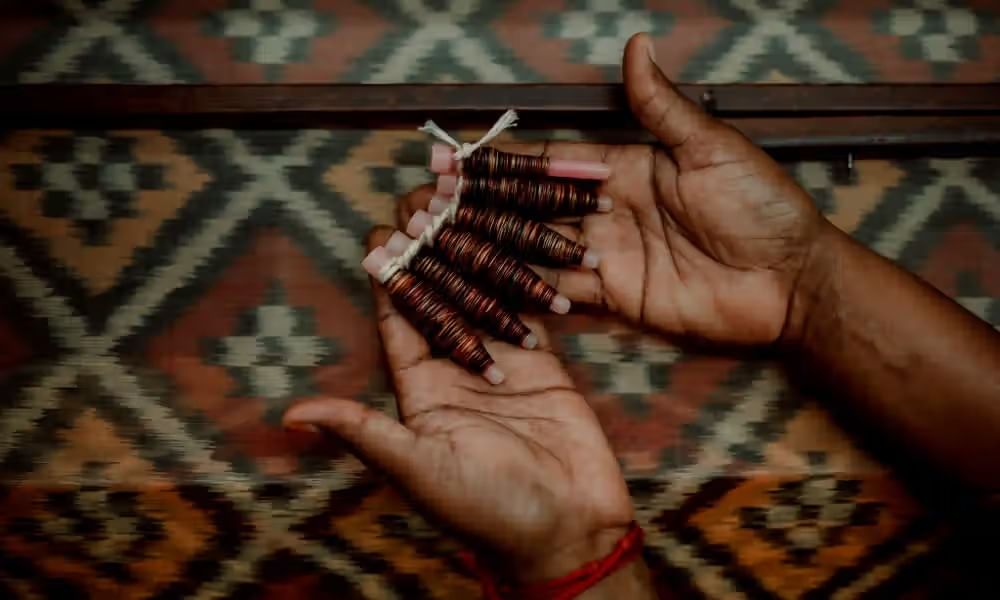
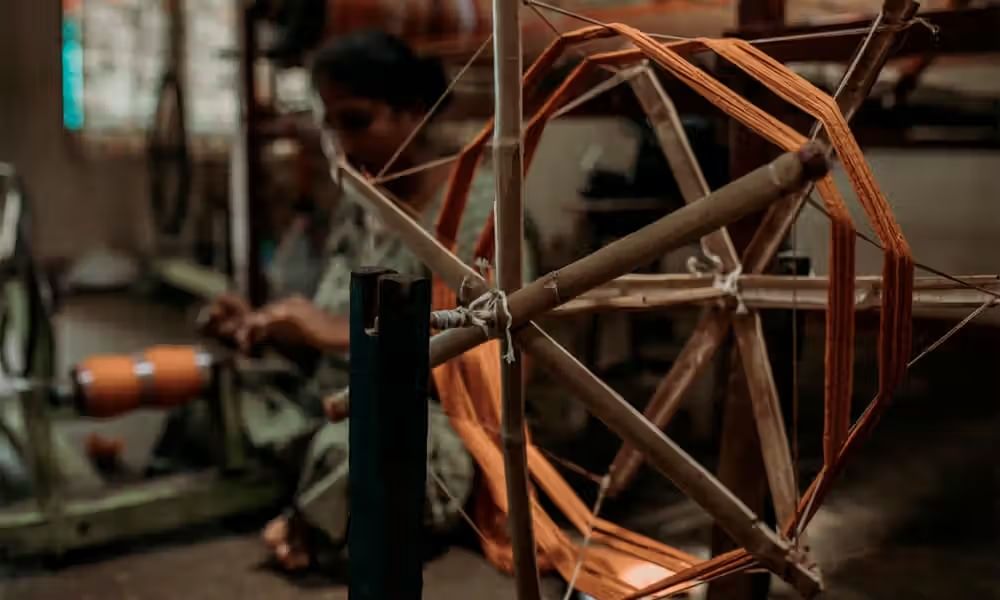
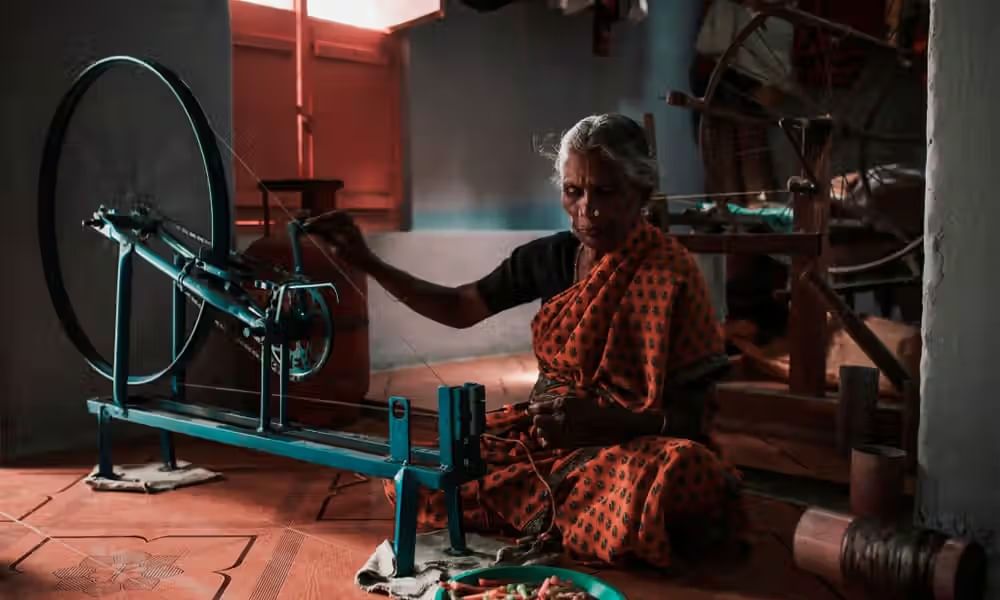
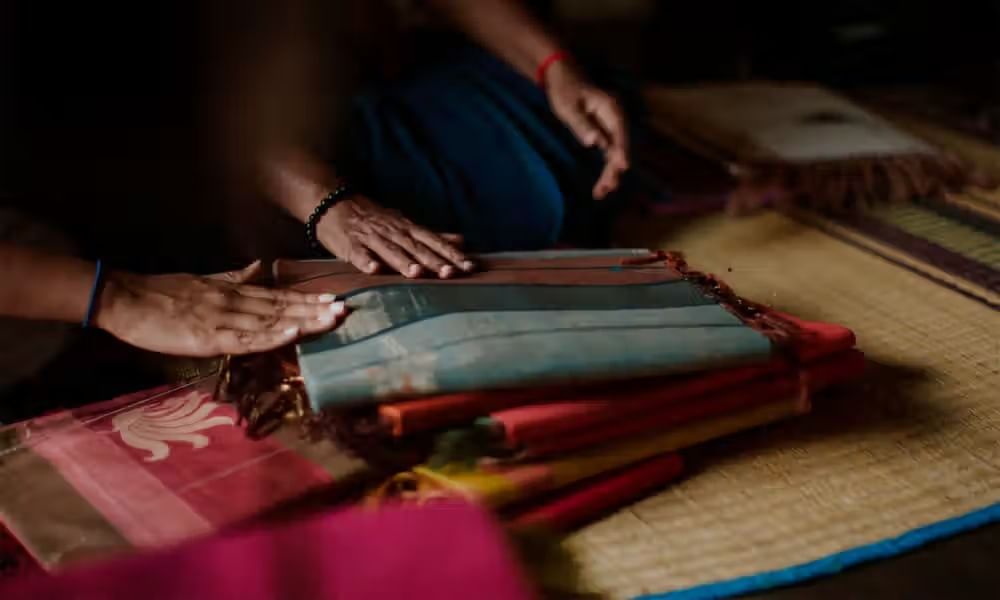
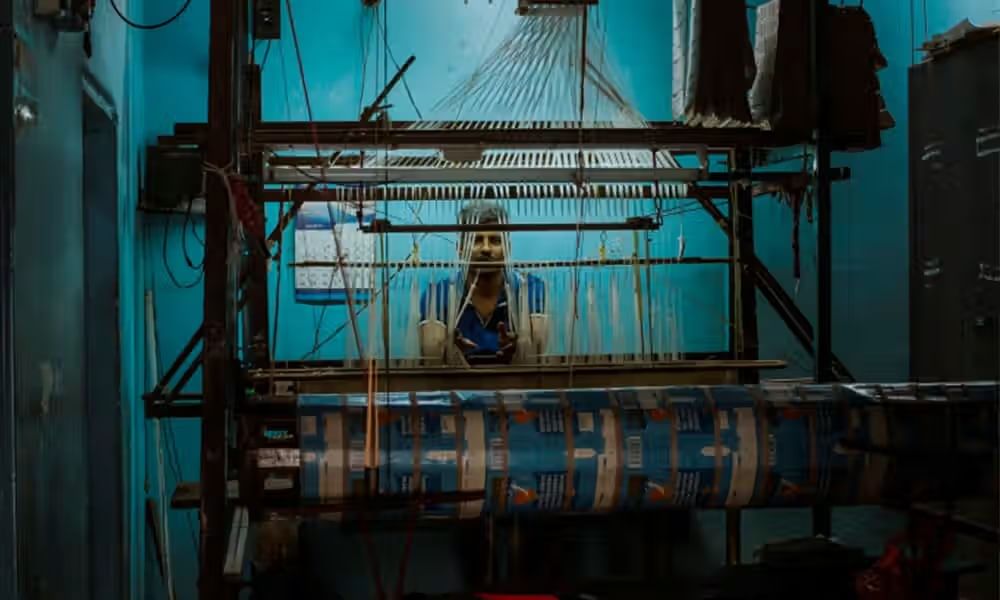
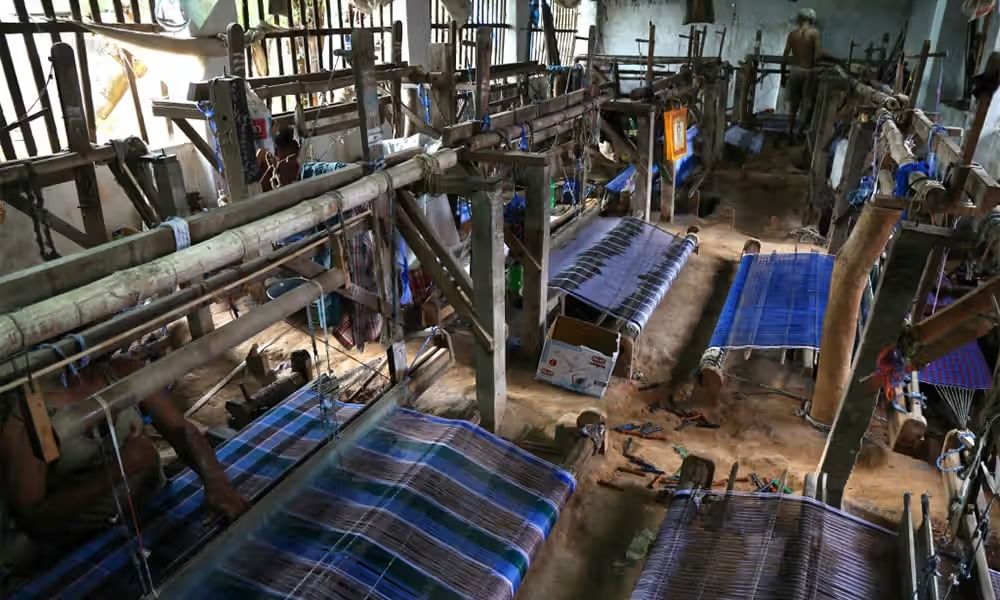
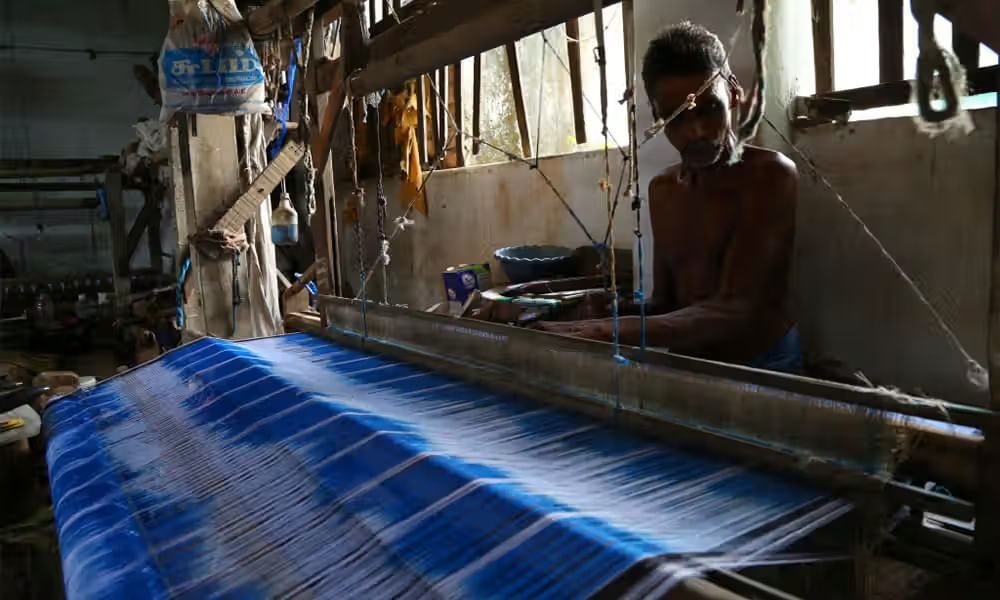
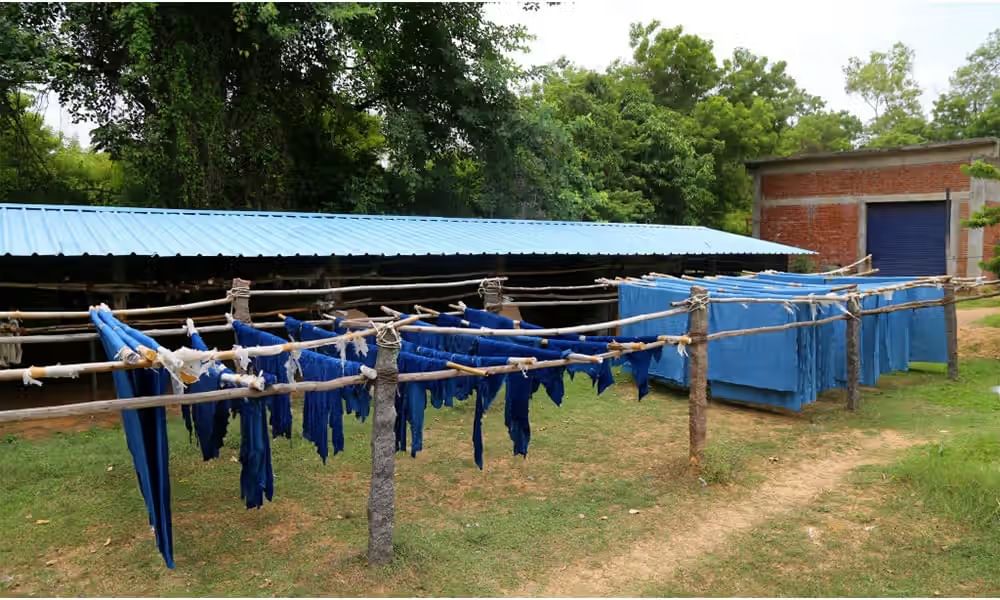
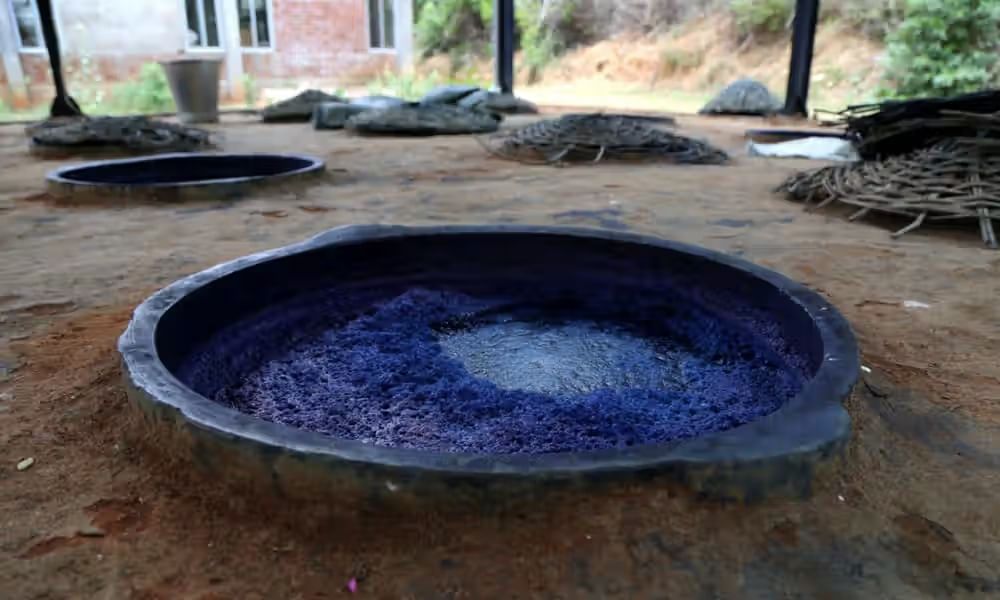



























Introduction
Save the Weave is a movement initiated by Isha Foundation to bring awareness globally and in India about the need to shift to natural fibres.
India is home to more than 136 unique weaves, mostly in the form of sarees. Traditionally woven in cotton and silk, sarees are the backbone of Indian Handloom sector that is rapidly being replaced by machines and synthetic fibres.
The current generation of skilled weavers could be the last ones engaged in the handloom sector with the younger generation having moved on to newer industries.
The techniques of cultivating organic cotton, preparatory processes for weaving, the intricacy of weaving styles, use of natural dyes in dyeing fabric and printing techniques are all inspired by culture and region. This art form needs to be preserved so that the traditional knowledge is not lost. Traditionally, these sustainable methods have created their own ecosystems for empowerment of local communities, especially women.
Global Consumption of synthetic fibre clothing is a huge concern today, impacting not only the environment but also people's health.
Save the Weave will create a platform for connecting weaver products directly to the market through Ishalife.com. It will also connect resources in design, natural dye interventions, market access, organic cotton farming, technical support and skill development.
Why Save the Weave
A History of Indian Textiles
For a century during 1680-1780, Indian cloth was the most sought-after fabric in Europe, surging past even spices as the biggest export commodity. The English and Dutch imported a million pieces of cloth a year, and the French about 300,000.
Before the British Raj, weavers as a community commanded considerable bargaining power with merchants. The East India Company passed laws that forbade weavers from buying raw material and enforced selling finished products only to the Company. The Indian weaving industry was systematically dismantled. In 1834, the Governor General reported: “The bones of hand-weavers are bleaching the plains of India.”
The value of textile exports from India fell by 98% between 1800 and 1860 and the value of textile Imports increased by 6300% in the same period.
The Indian Textile Industry Today
Textiles are the biggest employment generator in India after agriculture. While this is reflected in the GDP and export figures, it has not effectively led to bettering the lives of the farmers, the hand spinners and handloom weavers.
India is home to over 136 unique weaves and scores of hand-dyeing and printing techniques. Of these, around 55 weaves are on the verge of extinction. Although India has a large share in world trade of cotton yarn, its trade in garments is only 4% of the world's total. Handloom contributes nearly 15% of cloth production in the country, and India accounts for 95% of the world’s hand-woven fabrics.
Although the share of handloom in textile production is small in terms of percentage and revenue at present, it provides employment to 4.4 million weaver families including women in rural areas. If the handmade textile market is expanded globally and nationally, it has the capacity to provide employment to millions more and become an active participant in the $900 billion global textile/garment industry.
Natural Fibre vs Synthetic Fibre
Textiles are divided into clothes made from natural and manmade fibres. Natural fibres include cotton, jute, wool, silk, flax, bamboo and hemp. Synthetic fibres include polyesters, nylons, rayons etc.
Today, polyesters have a 55% share in Global Fibre Market. Estimates suggest that more than 98% of future fibre production will be synthetics, and 95% of that synthetic fibre will be polyester.
The Hazards of Polyesters
Environmental Impact: 50 million tons of polyester was produced in 2015. Polyester sheds plastic filaments – possibly from daily wear and tear, but also in the wash. The filaments can make it into sewer systems and eventually into waterways.
Researchers found plastic fibres in samples from 29 tributaries of the Great Lakes in the US, in a 2016 study. These fibres make up 70% of all the plastic collected. They are absorbed by wildlife and work their way up the food chain.
Health Impact: Polyester was created in the 1950s, not by a textile mill, but by an American chemical company, DuPont. Chemicals present in clothes can enter the human body via dermal absorption. They can also enter via evaporation, or release due to wear and tear, resulting in inhalation and ingestion.
Being petroleum-based, polyester is also flammable. Many polyester fabrics are coated with flame-retardant chemicals, especially in children’s clothing. These chemicals have been associated with thyroid dysfunction in pregnant women, and interfering with neurological development in infants and children.
Organic Cotton
Organic cotton is being increasingly recognized as the safest, non-toxic, eco-friendly textile option. India, being the largest producer of organic cotton in the world, offers tremendous scope for organic textiles production and exports. The bulk of organic fibres and textiles produced in India are being consumed by prestigious companies in Europe and the US at premium rates. The global organic clothing industry represents just approximately 1% of global consumption. Out of this, India alone accounts for almost 74% of the production. As of now the use of organic cotton is still a niche market but there is tremendous potential for its growth in an increasingly environmentally and health conscious world.
Save the Weave
Save the Weave is an initiative by Isha Foundation, under the guidance of Sadhguru. This initiative operates through its social enterprise Isha Crafts (a division of Ishalife) and aims to support next-generation entrepreneurs, designers, dyers, weavers and weaver organizations who are fully engaged with traditional practices of handcrafting fabrics in their quest for sustainability. It will attempt to build new engagements to fill existing gaps and focuses on new markets for daily wear fabrics.
One of the main goals of Save the Weave is to bring awareness and traction for low impact textile creations: natural textiles and dyes. As a step towards this objective, Isha Foundation co-hosted an event in New York titled “Fashion for Peace". The objective of the event was to bring together some of the top designers (Norma Kamali, Mara Hoffman, Mimi Prober and Sabyasachi) from East and West, looking at the impact of toxicity of manufacturing of garments, the amount of the imprint on the environment from start to finish.
The fabrics for this event were selected on the basis of the uniqueness of the weave, low carbon imprint and sustainability from across the weaving traditions of India. Handwoven and Natural Dyed Denims, Khadi, Eri Silk, Natural Dye Silk Printed Fabrics, Natural Dyed Matka, Natural Dyed Khadi, Kalamkari and Lehariya were presented to the designers who interpreted them into apparel ranges for international consumption.
Our Approach
How to create awareness
It would be constructive if the Government of India runs a campaign (on the lines and scale of Swachch Bharat) to bring nation-wide awareness about the many fine aspects of our natural handmade textiles and their health benefits.
As a part of the campaign, influencers and celebrities should be urged to commit to organic-handloom textiles in a way that at least 25% of their wardrobe consists of such fabrics.
Government school uniforms could be mandatorily cotton (preferably handloom or even khadi). Private schools should also be inspired and encouraged to adopt this as a policy. These initiatives would make an immediate impact on the demand for these fabrics and send a lot of out-of-work weavers back to their looms.
Government employees, especially in the civil services and hospitality sectors, could be encouraged to use organic handloom and khadi apparel at least on certain days of the week which can be mandated as Organic Clothing Day. If other corporate companies could be motivated to adopt such a policy within their companies it would be highly impactful. Wherever possible, unique textiles and weaves of each state can be incorporated into the design or uniform (particularly in industries such as airlines and hospitality).
Each state can rope in well-known designers and design houses to take on the role of ‘Textile Ambassadors’. Through their design ranges, they could play a significant part in showcasing some of the most quintessential fabrics of that state. These ambassadors can represent the state at various national and international events and prestigious avenues for exposure.
Every state in India is blessed with its own age-old traditional systems of weaves, prints and dyes. Until now, the onus of creating a market for these has been on state-run developmental agencies such as State-level Handloom Development Corporations and Apex Cooperatives with a handful of retail emporiums. These were successful in part but were unable to muster adequate business acumen and focus to sustain against the rigors of a market economy. Apart from this, scattered individual businesses have been operating in a largely unorganized sector. Procurement and retail sales have been on largely ad-hoc systems. Handloom fairs and exhibitions are the only regular platform for Indian weaves to get nation-wide exposure. In the past few decades, a few large businesses (FabIndia, Anokhi and Good Earth for example) have made an attempt to make textiles from various states available across the nation. But the sheer mind-boggling variety of styles and techniques available make stocking and retailing a major issue for these individual-backed businesses.
To address this gap in the supply chain, one recommendation is to develop state-wise enterprises based on the Public–Private model. Each state-wise enterprise is then committed to creating a lively market for its own textiles/garments on a national and international scale. This enterprise should be entirely committed to natural textiles and therefore it is of utmost importance to create awareness and demand in the fashion circles of the world.
Indian embassies in cities with high fashion presence can be entrusted with the task of developing contacts with the design community and hosting events showcasing and introducing the local community to Indian textiles, weaves and clothing fashions. Top designers from India can be invited to such events. Business-to-business collaborations can be facilitated. Creating awareness of the environmental and health benefits of organic cotton should be a priority.
Tax incentives can be offered for exporters who work exclusively with handloom and khadi. What we may lose as taxes, we will gain through international exposure. Rare and dying weaves should be listed for greatest benefits.
Apart from active involvement from the government, individual designers, corporations and experts from the textile industry can make a meaningful contribution through the following initiatives:
When it comes to textile, there is an urgent need to shift from disposable to sustainable. Designers have an important responsibility and a key role to play in reversing the damage that fast fashion has inflicted on the environment.
Institutions and Corporate Houses can adopt specific clusters or looms in need of financial support by contributing capital to keep it operating and growing.
Textile experts and institutions can support weaving communities with their technical expertise to help optimize existing processes and bring in innovation to increase productivity and enhance quality.
India has been home to a wealth of knowledge on natural dyes and dyeing techniques, which are of utmost relevance for today’s world, where there is a steady move towards sustainable and eco-friendly methods.
There already exists a growing demand for environment-friendly and sustainable fashion. While a larger customer base is beginning to understand the importance of eco-friendly clothing, there happen to be very few wearable, visually appealing options available that are also affordable for most consumers.
Helping farmers move from the soil-damaging and polluting GM cotton to ecologically sustainable organic cotton.
Weavers Stories
Natural Fibers
Natural fibers are produced naturally by plants, animals, and geological processes. Cotton is the most widely used natural fibre and entire civilizations have clothed themselves in cotton for millennia. Silk and wool were also common with the latter being widely used in colder climates.
The industrial era ushered in an age of synthetic fibres which were manufactured using chemical processes. Produced in the 1930s, Nylon was the first synthetic fibre to become widespread.
The advent of synthetic fibres started a textile revolution because they were cheaper, stronger, more durable and easier to mass produce. However, these fibres pose a serious hazard to the health of human beings and to the environment. They are toxic to the skin, non-biodegradable and disintegrate into microfibers that do not decompose and poison the ecosystem.
Natural fibres such as organic cotton, banana, coconut, bamboo, linen, hemp, and a wide variety of silks made from different kinds of silkworms have captured the imagination of a new breed of designers, manufacturers and consumers. The future is here. The future is natural fibre.
Banana Fibre
These fabrics are soft, supple, breathable and absorbent. They have a natural shine and are often compared to silk.
These fabrics are soft, supple, breathable and absorbent. They have a natural shine and are often compared to silk.
Mulberry Silk
India produces around 23,000 metric tons of silk annually, out of which 81% is mulberry silk.
India produces around 23,000 metric tons of silk annually, out of which 81% is mulberry silk.
Natural Dyed Denim
Woven on hand-operated looms, natural dyed denim eliminates the high energy and water needs of conventional denim.
Woven on hand-operated looms, natural dyed denim eliminates the high energy and water needs of conventional denim.
Linen
Made from the fibers of the flax plant, Linen is very strong, absorbent, and comfortable to wear in hot weather.
Made from the fibers of the flax plant, Linen is very strong, absorbent, and comfortable to wear in hot weather.
Natural Dyed Hemp
Hypo-allergenic, absorbent and fire retardant, hemp is one of the strongest and most durable natural textile fibers.
Hypo-allergenic, absorbent and fire retardant, hemp is one of the strongest and most durable natural textile fibers.
Dupion Silk
Famous by the names of Douppioni or Dupioni, it is also commonly known as raw silk.
Famous by the names of Douppioni or Dupioni, it is also commonly known as raw silk.
Eri Silk
This beautiful silk is very strong, combining the excellence of silk with the comfort of cotton and warmth of wool.
This beautiful silk is very strong, combining the excellence of silk with the comfort of cotton and warmth of wool.
Organic Cotton
Grown from untreated cotton seeds, organic cotton is the first step in creating an eco-friendly cycle of garment production.
Grown from untreated cotton seeds, organic cotton is the first step in creating an eco-friendly cycle of garment production.
Muga Silk
Muga silk is procured from a species of silkworms whose cocoons are known for producing gleaming, golden fibres.
Muga silk is procured from a species of silkworms whose cocoons are known for producing gleaming, golden fibres.
Contact Us
Enquiry:
In the News
Norma Kamali, Sabyasachi Mukherjee and Mara Hoffman Help Support Fashion for Peace
Norma Kamali and Sabyasachi Mukherjee will be among the designers pitching in at Fashion for Peace on Feb. 13.
Norma Kamali, Sabyasachi Mukherjee, Mara Hoffman and Mimi Prober are coming together with Sadhguru and the Isha Foundation for Fashion for Peace. The Feb. 13 group presentation will play up conscious design while supporting artisans and designers through their work.
Fashion For Peace: Season One: Eyes on India / Eyes on New York
Designers Norma Kamali, Sabyasachi Mukherjee, Mara Hoffman, and Mimi Prober along with Sadhguru and the Isha Foundation presented Fashion For Peace (FFP), a first time fashion initiative whose mission is to promote conscious design while simultaneously supporting global artisans/designers and their work.
Sadhguru and the Isha foundation curated over one hundred exclusive Indian textiles that have been woven in a steeped tradition for approx. 5,000 years (see textile list below). The process and art form is threatened by fast fashion and family members choosing to attend college rather than continue the textile traditions. These coveted techniques will soon be extinct if not preserved and fostered.
NYFW Photo Gallery: FASHION FOR PEACE AW19 Runway – NYFW THE SHOWS – FashionWeek
The FashionWeek.Pro team was thrilled to be invited to the Fashion For Peace AW19 show featuring Norma Kamali, Sabyasachi Mukherjee & Mara Hoffman in New York City during NYFW The Shows runway at Spring Studios. FashionWeek.Pro exclusive NYFW photographer, @Julia_Sariy covered the runways from the press risers and captured fabulous backstage beauty moments. Many thanks to People’s Revolution and the Fashion For Peace team for inviting us to attend and record runway memories.
NY Fashion Week Closes With 'Fashion for Peace' Event Focused on Sustainability
The show featured styles by Norma Kamali, Mara Hoffman, Mimi Prober and Sabyasachi Mukharjee, who created Priyanka Chopra's elaborate couture wedding ensemble.
“It’s estimated by 2025, that 98 percent of the fiber on the planet will be synthetic fiber,” Indian mystic, yogi and New York Times best-selling author Sadhguru Jaggi Vasudev told The Hollywood Reporter backstage as New York Fashion Week ended on a surprising philosophical note Wednesday with a group designer show called Fashion for Peace.
Sabyasachi Mukherjee partners with the Isha Foundation for New York fashion showcase
On February 13, Sabyasachi Mukherjee travelled to New York to showcase a capsule collection in support of Sadhguru and the Isha Foundation’s Fashion for Peace project.
Sabyasachi Mukherjee joined fellow designers Norma Kamali and Mimi Prober to design a capsule collection that was shown at the Fashion For Peace charity event in New York. The three designers each created a four to six look collection for the event at Spring Studios in New York.
Sadhguru on Fashion Sustainability: “The Real Plastic Problem is in the Microfiber Which Comes Out of Fabric”
“For fashion players, 2019 will be a year of awakening.” This is how The State of Fashion introduced its 2019 report.
At this past NYFW, the awakening of wisdom was very much a theme. On the one hand, the Library Study Hall Sustainable Fashion Summit at the United Nations kicked off the season, focusing awareness on the UN’s Sustainable Development Goals.
Mumbai: Sabyasachi-Sadhguru Set To Bring Peace To New York Fashion Week With Fashion For Peace
Sabyasachi Mukherjee teams up with spiritual guru to showcase organic line of clothes at Fashion For Peace
Can clothes made with time, love and detail heal the wearer? Sabysachi Mukherjee seems to think so. He wasn't a believer until 2016 when he was invited to spiritual leader Sadhguru Jaggi Vasudev's Mahashivratri celebration at the headquarters of his organisation, Isha Foundation, on the outskirts of Coimbatore. He remembers telling Sadhguru that he is a cynic.
Sabyasachi Mukherjee, Norma Kamali and Mara Hoffman help to support ‘Fashion for Peace’
Sabyasachi and Norma Kamali are amongst the designers pitching in their support at fashion for peace this month.
Pioneer fashion designers, Sabyasachi Mukherji, Norma Kamali, Mara Hoffman and Mimi Prober are all set to come together with Sadhguru and the Isha Foundation for Fashion for Peace. On the 13th of this month, the group presentation will play up conscious design while supporting artisans and designers through their work.
Norma Kamali, Sabyasachi Mukherjee and Mara Hoffman Help Support Fashion for Peace
Norma Kamali and Sabyasachi Mukherjee will be among the designers pitching in at Fashion for Peace on Feb. 13.
Norma Kamali, Sabyasachi Mukherjee, Mara Hoffman and Mimi Prober are coming together with Sadhguru and the Isha Foundation for Fashion for Peace. The Feb. 13 group presentation will play up conscious design while supporting artisans and designers through their work.
Fashion For Peace: Season One: Eyes on India / Eyes on New York
Designers Norma Kamali, Sabyasachi Mukherjee, Mara Hoffman, and Mimi Prober along with Sadhguru and the Isha Foundation presented Fashion For Peace (FFP), a first time fashion initiative whose mission is to promote conscious design while simultaneously supporting global artisans/designers and their work.
Sadhguru and the Isha foundation curated over one hundred exclusive Indian textiles that have been woven in a steeped tradition for approx. 5,000 years (see textile list below). The process and art form is threatened by fast fashion and family members choosing to attend college rather than continue the textile traditions. These coveted techniques will soon be extinct if not preserved and fostered.
NYFW Photo Gallery: FASHION FOR PEACE AW19 Runway – NYFW THE SHOWS – FashionWeek
The FashionWeek.Pro team was thrilled to be invited to the Fashion For Peace AW19 show featuring Norma Kamali, Sabyasachi Mukherjee & Mara Hoffman in New York City during NYFW The Shows runway at Spring Studios. FashionWeek.Pro exclusive NYFW photographer, @Julia_Sariy covered the runways from the press risers and captured fabulous backstage beauty moments. Many thanks to People’s Revolution and the Fashion For Peace team for inviting us to attend and record runway memories.
NY Fashion Week Closes With 'Fashion for Peace' Event Focused on Sustainability
The show featured styles by Norma Kamali, Mara Hoffman, Mimi Prober and Sabyasachi Mukharjee, who created Priyanka Chopra's elaborate couture wedding ensemble.
“It’s estimated by 2025, that 98 percent of the fiber on the planet will be synthetic fiber,” Indian mystic, yogi and New York Times best-selling author Sadhguru Jaggi Vasudev told The Hollywood Reporter backstage as New York Fashion Week ended on a surprising philosophical note Wednesday with a group designer show called Fashion for Peace.
Sabyasachi Mukherjee partners with the Isha Foundation for New York fashion showcase
On February 13, Sabyasachi Mukherjee travelled to New York to showcase a capsule collection in support of Sadhguru and the Isha Foundation’s Fashion for Peace project.
Sabyasachi Mukherjee joined fellow designers Norma Kamali and Mimi Prober to design a capsule collection that was shown at the Fashion For Peace charity event in New York. The three designers each created a four to six look collection for the event at Spring Studios in New York.
Sadhguru on Fashion Sustainability: “The Real Plastic Problem is in the Microfiber Which Comes Out of Fabric”
“For fashion players, 2019 will be a year of awakening.” This is how The State of Fashion introduced its 2019 report.
At this past NYFW, the awakening of wisdom was very much a theme. On the one hand, the Library Study Hall Sustainable Fashion Summit at the United Nations kicked off the season, focusing awareness on the UN’s Sustainable Development Goals.
Mumbai: Sabyasachi-Sadhguru Set To Bring Peace To New York Fashion Week With Fashion For Peace
Sabyasachi Mukherjee teams up with spiritual guru to showcase organic line of clothes at Fashion For Peace
Can clothes made with time, love and detail heal the wearer? Sabysachi Mukherjee seems to think so. He wasn't a believer until 2016 when he was invited to spiritual leader Sadhguru Jaggi Vasudev's Mahashivratri celebration at the headquarters of his organisation, Isha Foundation, on the outskirts of Coimbatore. He remembers telling Sadhguru that he is a cynic.
Sabyasachi Mukherjee, Norma Kamali and Mara Hoffman help to support ‘Fashion for Peace’
Sabyasachi and Norma Kamali are amongst the designers pitching in their support at fashion for peace this month.
Pioneer fashion designers, Sabyasachi Mukherji, Norma Kamali, Mara Hoffman and Mimi Prober are all set to come together with Sadhguru and the Isha Foundation for Fashion for Peace. On the 13th of this month, the group presentation will play up conscious design while supporting artisans and designers through their work.
Norma Kamali, Sabyasachi Mukherjee and Mara Hoffman Help Support Fashion for Peace
Norma Kamali and Sabyasachi Mukherjee will be among the designers pitching in at Fashion for Peace on Feb. 13.
Norma Kamali, Sabyasachi Mukherjee, Mara Hoffman and Mimi Prober are coming together with Sadhguru and the Isha Foundation for Fashion for Peace. The Feb. 13 group presentation will play up conscious design while supporting artisans and designers through their work.

